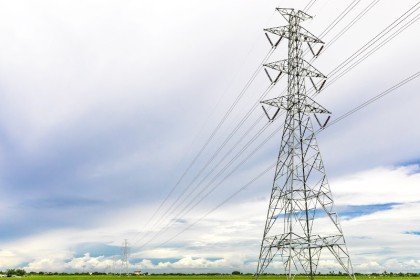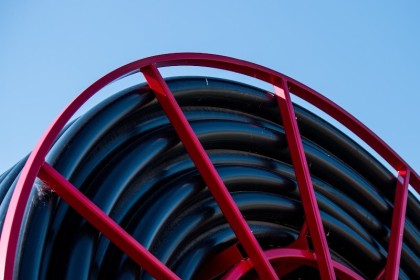
Planning A Farm System
The demands of farming are never ending. The risks are high. You need grain system solutions that maximize productivity and minimize downtime. We, GSI are driven to provide top-of-the-line products that will protect, condition and move the grain you work so hard to produce.
When planning an on-farm grain storage system, one of the most important steps is taking into account the location, accessibility and future expansion. You should always assume there will be growth in yield and capacity and that means that having a well-thought out plan that factors in growth and future technology changes is key. When choosing a location for your farm system, access to easy travel routes is essential. In an ideal situation, your system would be located right off a state highway, with access to diesel and three phase power and still in close proximity to your fields.
A highway will allow you to haul grain year-round without any road restrictions. If there isn’t a highway nearby, it is not a deal breaker; just know that more road restrictions can occur, hindering your ability to haul grain.
Three phase power is ideal because it allows you to operate much larger machines and motors. For smaller farm systems, single phase might work, but understand that as your farm system gets bigger, you will need more power and single-phase power might not be strong enough to supply it.
Having a farm system near your field will reduce transportation time and fuel cost. Ultimately, it can lead to a cut in number of trucks you need.
When planning a farm system, you should assume that there will be growth in yield and capacity; always plan on expanding, and leave space for additional bins.
When your capacity increases, plan on adding a higher capacity dryer or more in the future.
Do not assume that your wet holding capacity will always be adequate. Once you start drying more grain, an increase in your wet bushel storage capacity will be a necessity.
Create a traffic pattern for separate dumping and loading stations to increase efficiency. Being able to load and unload grain simultaneously will decrease your total harvest time, thus saving you money.
The different types of grain you plan on storing will determine the number of bins you’ll need. If you are storing three types of grain, even though the grain sizes will vary, you will still need at least three bins. If you want to limit risk, do not put all of your grain in one tank. For example, if you have 5000mt of maize, don’t put it all in one bin. Instead, invest in two or three smaller bins. If some of the maize spoils you will only lose a fraction of your harvest as opposed to all of it.
A proper Drying system is a must. Choosing a system that can provide high quality grain at harvest capacity and allows harvest in a reasonable time is more important than ever. A dryer is the critical component in securing the correct moisture content for storage.
Choose the drying system to match your farms needs. Future expansion of both drying, cleaning and wet storage must be a part of the initial design.
Remember, drying to the proper moisture is key to safe storage. Storage life is affected by grain temperature but grain moisture is still the primary determinant for storage life. With maize, 15% grain moisture is ideal to store until June, 14% to next fall, and 13% for longer storage.
A storage system is of little value if proper sanitation and loading practices are not followed.
Make sure you know your rate of return.
There are specialized ROI (Return on Investment) tools to help you and your banker understand what income will be from storing and drying grain
The location of your farm system plays a factor in determining your ROI, i.e. access to diesel and availability of hard roads can improve your return rate.
When building your farm system, always make sure you have a well thought out plan anticipating growth and future technology changes. A poor designed farm system can be as harmful as not having one at all.
For other agricultural products and services, click here.












